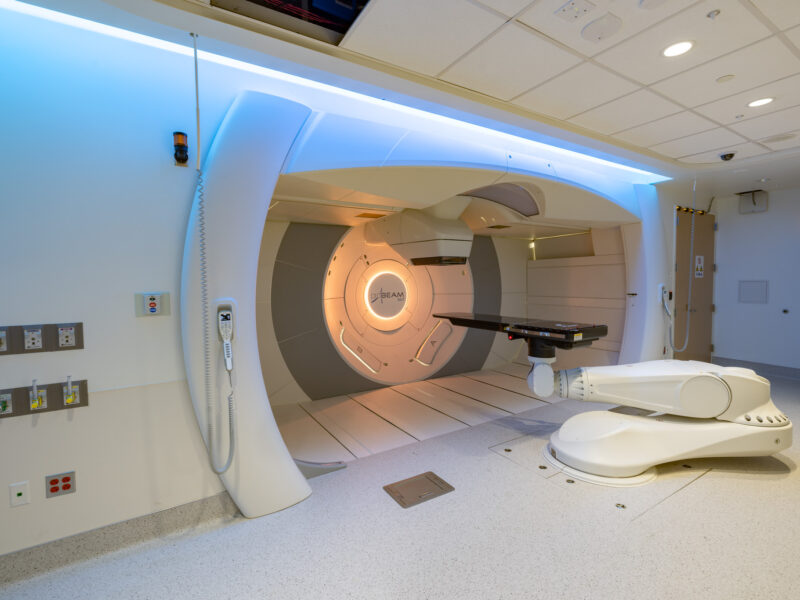Preventing and Ameliorating Acute and Chronic Kidney Damage After Chemotherapy
Preventing and Ameliorating Acute and Chronic Kidney Damage After Chemotherapy https://pediatricsnationwide.org/wp-content/uploads/2020/06/AYAyeager.jpg 720 480 Katie Brind'Amour, PhD, MS, CHES Katie Brind'Amour, PhD, MS, CHES https://pediatricsnationwide.org/wp-content/uploads/2021/03/Katie-B-portrait.gif- June 03, 2020
- Katie Brind'Amour, PhD, MS, CHES

Research looking at mitochondrial targets in kidney health holds promise for cisplatin-induced kidney injury.
Recent work exploring the mitochrondrial metabolism in the kidneys following exposure to cisplatin, a common chemotherapy, has revealed a key role of superoxide (O2•-, an indicator of oxidative stress in renal cells associated with cell damage and death) in both acute and chronic kidney injury models. When superoxide levels were controlled using a drug currently in clinical trials, cisplatin-induced kidney injury was mitigated. These results, in combination with related clinical research, may help generate new therapeutic approaches for preventing and healing chemotherapy-induced kidney damage in cancer patients in the near future.
The research, led by Diana Zepeda-Orozco, MD, a new physician-scientist in the Section of Nephrology at Nationwide Children’s Hospital, reports work completed during her tenure as a nephrologist and a clinical associate professor of Pediatrics at the University of Iowa. Her research efforts at Nationwide Children’s will continue her investigation into the mechanisms of mitochondrial metabolism and their impact on the development and amelioration of both acute and chronic kidney injury in response to chemotherapy and other insults.
Her January publication of the cisplatin-related research utilized a mouse model she and her team developed to represent kidney injury that closely resembles human responses to cisplatin. In former models, only acute kidney injury was modeled, through highly toxic doses of the chemotherapy drug. She used both models for her mitochondrial examination.
“We gave the cisplatin in a similar way to how it’s given in humans—we gave mice weekly injections of cisplatin and then gave them time to recover,” Dr. Zepeda-Orozco explains. “We looked at the kidney one month after the injury. We found that even when they were clinically fine and their histological changes were very mild, there was significant mitochondrial disruption present. Using a superoxide dismutase mimetic ameliorated the mitochondrial disruption.”
Mice treated with the superoxide dismutase mimetic—which appeared to help the kidneys restore metabolic balance and reduce levels of superoxide—had healthier kidneys in both acute and chronic injury models, and suffered less weight loss (a potential indicator for fewer illness symptoms in response to the chemotherapy).
Dr. Zepeda-Orozco has since generated transgenic mice with elevated superoxide levels in the kidney so that she can evaluate its contribution to acute and chronic kidney injury, together with potential clinically relevant therapeutic approaches to prevent or treat these tubular injuries. She also hopes to find biomarkers specific to phases of injury severity to enable more targeted treatment for patients in the future, which is one reason she is so pleased to have joined the nephrology team at Nationwide Children’s and their multidisciplinary research team, the Nephrology and Urology Research Affinity Group (NURAG).
“It’s very exciting to be here and part of NURAG, because it will facilitate looking not just at the nephrotoxic injury models I’m familiar with, but also obstructive uropathy models, pyelonephrotic injuries, and more,” Dr. Zepeda-Orozco says. “I’m looking forward to exploring different models and building my research program to evaluate the role of mitochondrial metabolism in many ways.”
Reference:
Mapuskar KA, Wen H, Holanda DG, Rastogi P, Steinbach E, Han R, Coleman MC, Attanasio M, Riley DP, Spitz DR, Allen BG, Zepeda-Orozco D. Persistent increase in mitochondrial superoxide mediates cisplatin-induced chronic kidney disease. Redox Biol. 2019 Jan; 20: 98–106.
Image credit: Adobe Stock
About the author
Katherine (Katie) Brind’Amour is a freelance medical and health science writer based in Pennsylvania. She has written about nearly every therapeutic area for patients, doctors and the general public. Dr. Brind’Amour specializes in health literacy and patient education. She completed her BS and MS degrees in Biology at Arizona State University and her PhD in Health Services Management and Policy at The Ohio State University. She is a Certified Health Education Specialist and is interested in health promotion via health programs and the communication of medical information.
-
Katie Brind'Amour, PhD, MS, CHEShttps://pediatricsnationwide.org/author/katie-brindamour-phd-ms-ches/April 27, 2014
-
Katie Brind'Amour, PhD, MS, CHEShttps://pediatricsnationwide.org/author/katie-brindamour-phd-ms-ches/April 27, 2014
-
Katie Brind'Amour, PhD, MS, CHEShttps://pediatricsnationwide.org/author/katie-brindamour-phd-ms-ches/April 27, 2014
-
Katie Brind'Amour, PhD, MS, CHEShttps://pediatricsnationwide.org/author/katie-brindamour-phd-ms-ches/April 28, 2014
- Post Tags:
- Hematology/Oncology/BMT
- Kidney
- Nephrology







